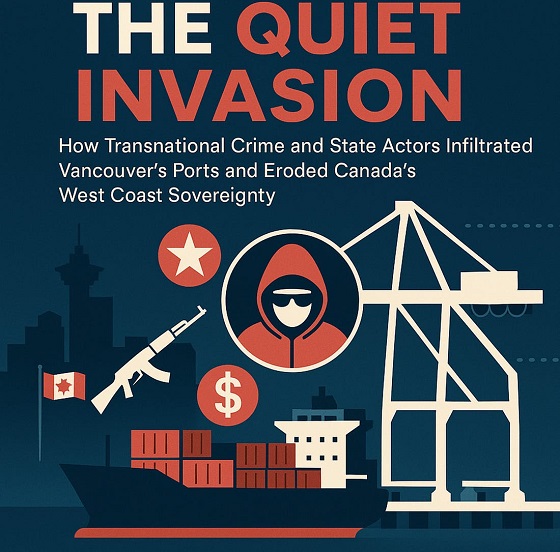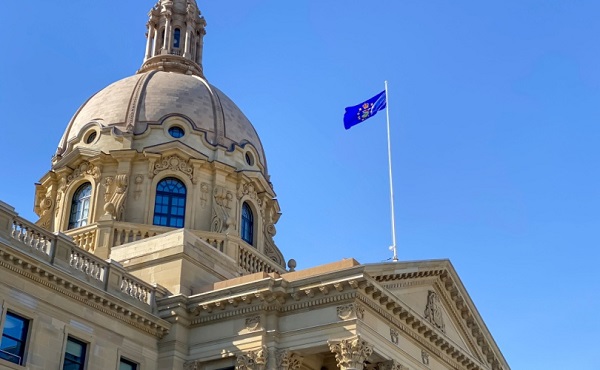Economy
Federal government’s environmental policies will do more harm than good
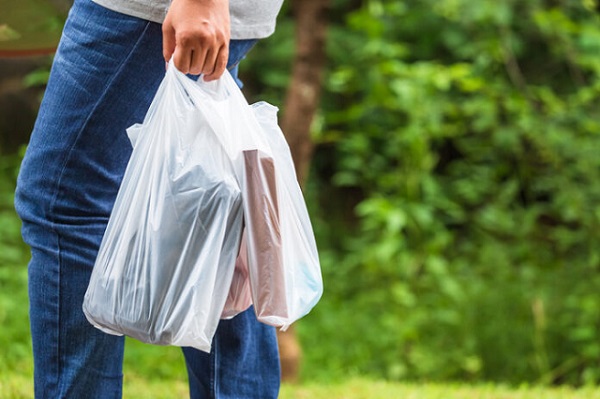
From the Fraser Institute
By Matthew Lau
The study covered grocery bags, food packaging, soft drink containers, furniture, t-shirts and other plastic products. In most cases, replacing plastics with alternatives causes greenhouse gas emissions to rise by 35 to 700 per cent.
Through a variety of regulatory and spending initiatives, the Trudeau government is expanding its control over our lives, often in the name of climate change or other environmental objectives. For example, the government plans to force consumers to buy electric vehicles instead of conventional cars and has proposed or implemented plastics restrictions on consumers and businesses—everything from plastic drinking straws and plastic utensils to clothing material and food packages.
However, while evidence of the high costs to consumers continues to mount, evidence of the environmental benefits is notably absent. Indeed, many recent studies provide evidence that Ottawa’s restrictions on consumers may well cause net environmental harm. One reason is that the plastic products the federal government is so intent on restricting are more environmentally efficient than alternatives.
A study published earlier this year in the journal Environmental Science & Technology concludes, “15 of the 16 applications a plastic product incurs fewer greenhouse gas emissions than their alternatives.” The study covered grocery bags, food packaging, soft drink containers, furniture, t-shirts and other plastic products. In most cases, replacing plastics with alternatives causes greenhouse gas emissions to rise by 35 to 700 per cent.
Why? Because plastic generally takes less energy to manufacture and transport than the alternatives. In fact, many plastic products that are more environmentally friendly than non-plastic alternatives (according to the study) are products the Trudeau government wants to ban or curtail through regulation.
Other evidence shows plastic bans of the type imposed in Canada cause environmental ruin, contrary to the predictions of politicians. For example, research in New Jersey found after single-use plastic bags were banned in 2022, shoppers switched to the heavier reusable bags. “Owing to the larger carbon footprint of the heavier, non-woven polypropylene bags,” reported the Wall Street Journal, “greenhouse gas emissions rose 500%.”
Similarly, the New York Times reported that while California banned single-use plastic bags almost a decade ago, in 2023 “Californians threw away more plastic bags, by weight, than when the law first passed, according to figures from CalRecycle, California’s recycling agency.”
Also from the Wall Street Journal, analyses suggest electric vehicles often emit more particulate pollution (dust, dirt and soot) than conventional vehicles. That’s because most particulate pollution these days is not from the tailpipe but from tire wear. EVs are much heavier than conventional vehicles so their tires wear out faster, increasing particulate pollution. The firm Emissions Analytics compared a plug-in electric to a hybrid vehicle and found the plug-in electric, which weighed more, emitted about one-quarter more particulate matter than the hybrid as a result of tire wear.
Last year, the chair of the U.S. National Transportation Safety Board noted that EVs manufactured by Ford, Volvo and Toyota were all about 33 per cent heavier than conventionally powered versions of those same vehicles. That’s a problem not only for the environment but also for driver safety—and yet more evidence that the Trudeau government’s EV mandates will harm Canadians.
When it comes to vehicles, plastic products and many other things, the Trudeau government should begin reducing its control over consumers. The harm to consumers is evident; the compensating benefits to the environment—if any—are not.
Author:
Alberta
Pierre Poilievre – Per Capita, Hardisty, Alberta Is the Most Important Little Town In Canada
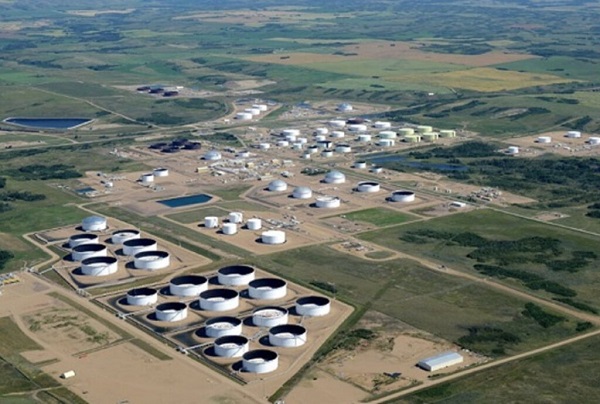
From Pierre Poilievre
Business
Why it’s time to repeal the oil tanker ban on B.C.’s north coast
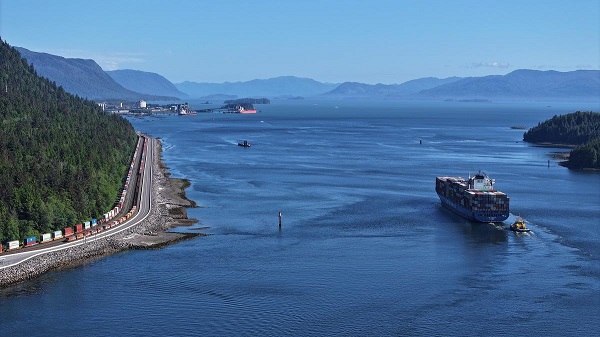
The Port of Prince Rupert on the north coast of British Columbia. Photo courtesy Prince Rupert Port Authority
From the Canadian Energy Centre
By Will Gibson
Moratorium does little to improve marine safety while sending the wrong message to energy investors
In 2019, Martha Hall Findlay, then-CEO of the Canada West Foundation, penned a strongly worded op-ed in the Globe and Mail calling the federal ban of oil tankers on B.C.’s northern coast “un-Canadian.”
Six years later, her opinion hasn’t changed.
“It was bad legislation and the government should get rid of it,” said Hall Findlay, now director of the University of Calgary’s School of Public Policy.
The moratorium, known as Bill C-48, banned vessels carrying more than 12,500 tonnes of oil from accessing northern B.C. ports.
Targeting products from one sector in one area does little to achieve the goal of overall improved marine transport safety, she said.
“There are risks associated with any kind of transportation with any goods, and not all of them are with oil tankers. All that singling out one part of one coast did was prevent more oil and gas from being produced that could be shipped off that coast,” she said.
Hall Findlay is a former Liberal MP who served as Suncor Energy’s chief sustainability officer before taking on her role at the University of Calgary.
She sees an opportunity to remove the tanker moratorium in light of changing attitudes about resource development across Canada and a new federal government that has publicly committed to delivering nation-building energy projects.
“There’s a greater recognition in large portions of the public across the country, not just Alberta and Saskatchewan, that Canada is too dependent on the United States as the only customer for our energy products,” she said.
“There are better alternatives to C-48, such as setting aside what are called Particularly Sensitive Sea Areas, which have been established in areas such as the Great Barrier Reef and the Galapagos Islands.”
The Business Council of British Columbia, which represents more than 200 companies, post-secondary institutions and industry associations, echoes Hall Findlay’s call for the tanker ban to be repealed.
“Comparable shipments face no such restrictions on the East Coast,” said Denise Mullen, the council’s director of environment, sustainability and Indigenous relations.
“This unfair treatment reinforces Canada’s over-reliance on the U.S. market, where Canadian oil is sold at a discount, by restricting access to Asia-Pacific markets.
“This results in billions in lost government revenues and reduced private investment at a time when our economy can least afford it.”
The ban on tanker traffic specifically in northern B.C. doesn’t make sense given Canada already has strong marine safety regulations in place, Mullen said.
Notably, completion of the Trans Mountain Pipeline expansion in 2024 also doubled marine spill response capacity on Canada’s West Coast. A $170 million investment added new equipment, personnel and response bases in the Salish Sea.
“The [C-48] moratorium adds little real protection while sending a damaging message to global investors,” she said.
“This undermines the confidence needed for long-term investment in critical trade-enabling infrastructure.”
Indigenous Resource Network executive director John Desjarlais senses there’s an openness to revisiting the issue for Indigenous communities.
“Sentiment has changed and evolved in the past six years,” he said.
“There are still concerns and trust that needs to be built. But there’s also a recognition that in addition to environmental impacts, [there are] consequences of not doing it in terms of an economic impact as well as the cascading socio-economic impacts.”
The ban effectively killed the proposed $16-billion Eagle Spirit project, an Indigenous-led pipeline that would have shipped oil from northern Alberta to a tidewater export terminal at Prince Rupert, B.C.
“When you have Indigenous participants who want to advance these projects, the moratorium needs to be revisited,” Desjarlais said.
He notes that in the six years since the tanker ban went into effect, there are growing partnerships between B.C. First Nations and the energy industry, including the Haisla Nation’s Cedar LNG project and the Nisga’a Nation’s Ksi Lisims LNG project.
This has deepened the trust that projects can mitigate risks while providing economic reconciliation and benefits to communities, Dejarlais said.
“Industry has come leaps and bounds in terms of working with First Nations,” he said.
“They are treating the rights of the communities they work with appropriately in terms of project risk and returns.”
Hall Findlay is cautiously optimistic that the tanker ban will be replaced by more appropriate legislation.
“I’m hoping that we see the revival of a federal government that brings pragmatism to governing the country,” she said.
“Repealing C-48 would be a sign of that happening.”
-
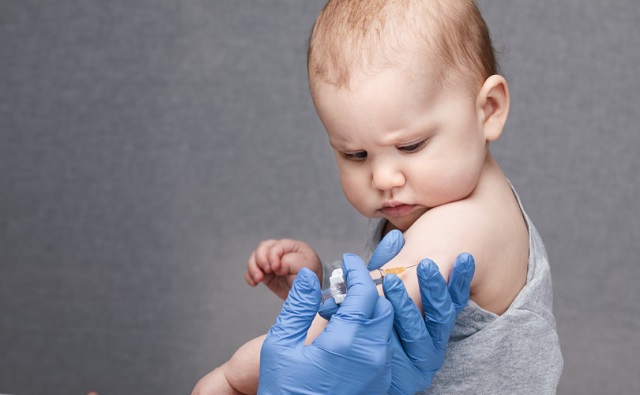
 Business1 day ago
Business1 day agoRFK Jr. says Hep B vaccine is linked to 1,135% higher autism rate
-
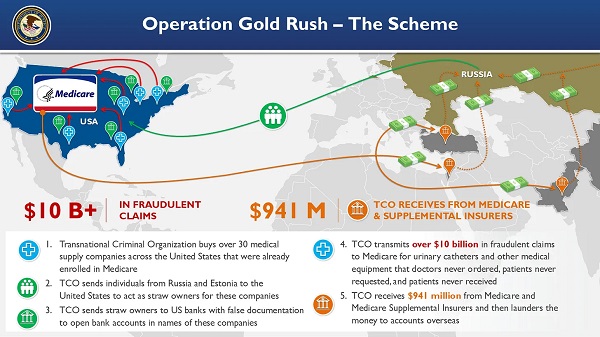
 Crime2 days ago
Crime2 days agoNational Health Care Fraud Takedown Results in 324 Defendants Charged in Connection with Over $14.6 Billion in Alleged Fraud
-

 Business13 hours ago
Business13 hours agoWhy it’s time to repeal the oil tanker ban on B.C.’s north coast
-
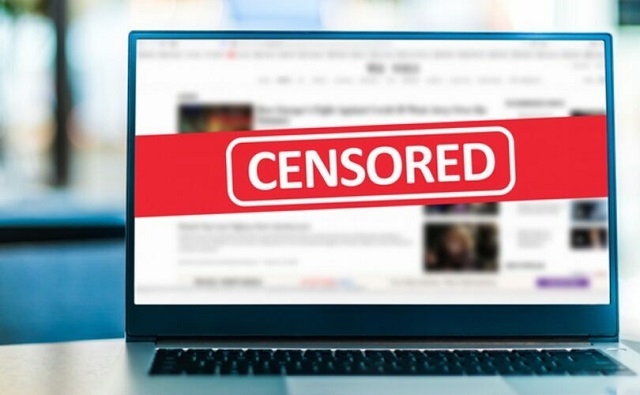
 Censorship Industrial Complex1 day ago
Censorship Industrial Complex1 day agoGlobal media alliance colluded with foreign nations to crush free speech in America: House report
-
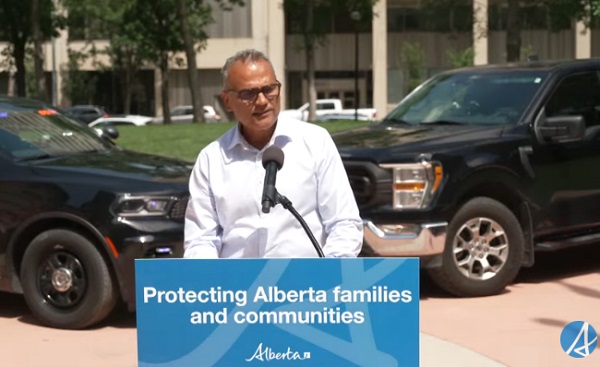
 Alberta8 hours ago
Alberta8 hours agoAlberta Provincial Police – New chief of Independent Agency Police Service
-
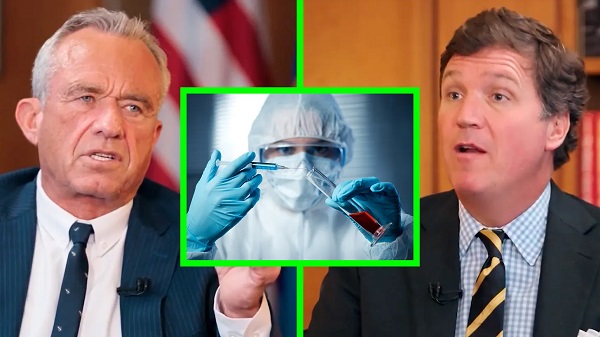
 Health2 days ago
Health2 days agoRFK Jr. Unloads Disturbing Vaccine Secrets on Tucker—And Surprises Everyone on Trump
-

 Alberta12 hours ago
Alberta12 hours agoPierre Poilievre – Per Capita, Hardisty, Alberta Is the Most Important Little Town In Canada
-
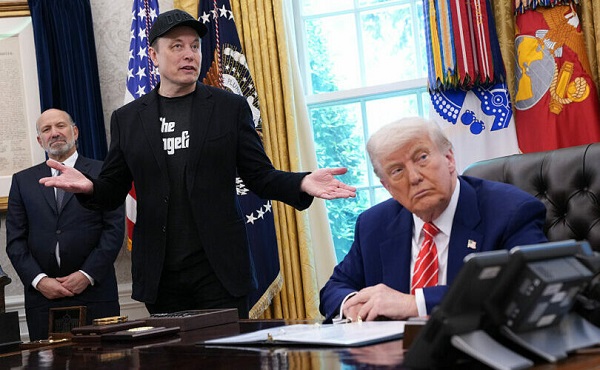
 Business1 day ago
Business1 day agoElon Musk slams Trump’s ‘Big Beautiful Bill,’ calls for new political party

